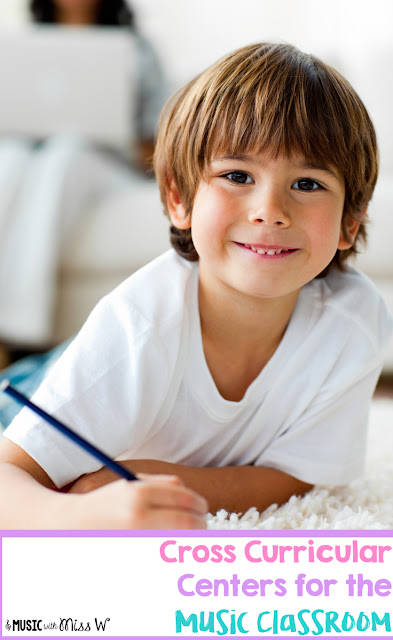I started by asking if someone knew what season is coming up next. A few enthusiastic hands shot up. After we determined the next season is fall, I read a short book about fall. There are so many great options out there!
Next we learned a song/game celebrating fall called "Fall is in the Air!" Students sit in a circle while three chosen students stand in the center of the circle and pick a fall object. I printed out pictures of a scarecrow, pumpkin, squirrel, acorn, pile of leaves, and sun flower. I did not have time to laminate my pictures this time around but will definitely do so in the future!
The whole group sings this song while the three students "show off" their fall objects:
Fall is in the air!
s m s m s
Fall is in the air!
s m s m s
Gather round,
s s m
Let us see!
s s m
What do you have here?
s s m l s
Students in the center of the circle are called on one by one to sing what they have with this response:
I have a _______________.
s m m s-m or just s depending on syllables
The whole group responds immediately after with:
She/he has a ________________.
s m m s-m or just s depending on syllables
This group response is a good sol mi reinforcer.
This group response is a good sol mi reinforcer.
Assessment
I assessed students on their individual response with the following rubric:
4. Sings sol mi pattern in correct key
4. Sings sol mi pattern in correct key
3. Sings sol mi pattern in tune but in a different key
2. Sings but does not sing sol mi pattern
1. Uses speaking voice, even with I sing, you sing prompt
0. Would not attempt to sing, even with I sing, you sing prompt
2. Sings but does not sing sol mi pattern
1. Uses speaking voice, even with I sing, you sing prompt
0. Would not attempt to sing, even with I sing, you sing prompt






